Calendula flowers are one of the easiest herbs to grow and also one of the most useful. Learn to dry calendula and preserve it by making infused calendula oil.
Last night I watched the videos for module 2 of the Cuaranderismo course at the University of New Mexico. Guest lecturer, Bernadette Torres spoke about using calendula infused oil as a breast massage oil to encourage lymph drainage, and reduce pain, swelling, and lumps in both women and men. This introduced me to a new use for calendula infused oil, taken from Mexican traditional medicine and folk traditions.
Calendula Flower
Calendula (Calendula officinalis) is a member of the Compositae family. Many plants in this family have health benefits, like chamomile, dandelion, arnica, goldenrod, and sunflowers. Lettuce and endive are also from this botanical family. The key feature of this family are flowers with ray petals. Each petal is actually an individual floret and each flower is made up of several rows of florets around a center disk.
Calendula is easy to grow
Calendula is a hardy cool weather annual. Plant the seeds in the ground about 2 weeks before your last frost date, they will begin peaking out as soon as the ground warms. Starts will begin to bloom about 8 weeks later and continue to give you flowers to harvest for a few weeks after frost. If you live in a warm-weather location, the plants will not produce during the hottest part of the summer but will pick up with the blooms in the fall.
Once you are nearing the end of the season, leave a few of the earliest flower on several plants, to mature and give you seed so that you can have a perpetual stock of calendula seeds for future years.
Just 2 tablespoons of seed will give you several years of calendula flowers for your home garden.
Harvesting Calendula flowers
It’s the flowers that make calendula so special and the part that you want to preserve. Pick them in the morning, as soon as the dew has dried from the petals. It is best to pick the flowers as they open, but you can harvest any time during flowering. Just be sure to pick before the seeds begin to set. Once the blooming starts, I usually go out twice a week and remove all the flowers that are open or semi-open, leaving those blossoms that have visible seed forming.
Don’t leave too many blossoms to set seed or the plant will stop producing new flowers.
 Saving Calendula Seed
Saving Calendula Seed
Calendula seeds need several weeks to mature on the plant and dry down before harvesting, so save the earlier flowers on the plants for seed, if you have a shorter season. I am in zone 3 and I can get a reliable, viable seed harvest from calendula in all but the harshest summers. The calendula seed will continue to mature on the plant after frost until you get a killing frost.
You’ll notice that when you pick the flowers there is a sticky, oily feel to the plants, with a strong, distinctive scent. The plant contains volatile oils that contribute to it’s healing benefits.
Preserving the Goodness of Calendula Flowers
There are several ways to preserve the goodness of calendula blossoms. Drying the blossoms is the easiest way, but dried flowers will preserve the goodness of calendula for only a year. By preserving it in other ways, you can extend this shelf life from a year to up to 5 years.
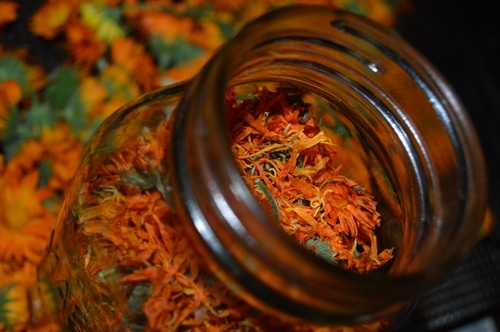
How to Dry Calendula Flowers
Calendula flowers are high in moisture and oil content. I find that in order to dry them at room temperature, in the high humidity of my usual summer weather, I need to put them in an airy container, like a wicker basket, and put them somewhere with strong airflow. This is hard to achieve in my climate, which is in the mountains and fairly cool, so I resort to drying my calendula in a dehydrator on low heat.
If you live in a desert climate you will be able to dry calendula without resorting to an electric dehydrator. When drying herbs in a dehydrator, keep the temperature at 95F or lower so that the herbs aren’t subject to strong heat. This will preserve the volatile oils.
Drying overnight is usually long enough for the delicate blossoms to release their moisture. The petals will darken, but that is nothing to be concerned about. The center of the flower should be completely dry with no perceivable moisture. Store the fully dried flowers in glass jars, with a tight-fitting lid or in paper bags. Keep them out of direct sunlight.
Dried flowers can be used as in herbal teas, oil infusions, tinctures, and honey-vinegar infusions. Expect the dried flowers to last until the next harvest season.
Make an Herbal Tea with Calendula Flowers
Another name for herbal tea is tisane, which is an herbal tea made without tea leaves. Both dried and fresh calendula blossoms can be used to make a tisane. Usually, herbal teas are made with water that is just simmering, in order to preserve the volatile oils in the flowers, so use water that is slightly cooler than tea made from camelia tea leaves.
To make an herbal tea with calendula, add 1 tsp of the dried herb to a tea ball, and use 180*F water. Once the tisane is brewed, keep it refrigerated and use 1/2 cup to 1 cup 3 or 4 times a day.
Always cover the pot where the tisane is brewing to prevent the goodness from evaporating into the air. For the best benefits, cover and allow the herbs to steep for 15 to 20 minutes.
The petals of calendula are used for treating sore throat and mouth ulcers, ease menstrual cramps, reduce fever and stomach upset and calm the pain of ulcers [source].
Make Calendula Tincture
Tinctures are made by pouring alcohol over the fresh or dried blossoms and allowing the mixture to macerate for 6 to 8 weeks. I use vodka (40% alcohol) because this is the highest percentage that I can buy in Canada. Those of you in the US can get stronger alcohol. While using stronger alcohol can allow you to mix specific ratios of tincture according to materia medica standards, for home use this is not necessary. Use the alcohol that you can obtain legally in your area.
You can use fresh flowers in this tincture but it will be somewhat diluted compared to tinctures made with the dried flowers.
Supplies Needed:
- 2 cups Vodka
- 1 cup dried calendula petals
- a one-quart canning jar
Directions:
- add the dried blossoms to the canning jar
- cover the calendula flowers with vodka
- cap tightly and shake the jar several times a week
- allow the mixture to infuse for 6 to 8 weeks in a cool, dark cupboard
- strain out the flowers and compost them
- transfer the tincture to a clean container and label it with the name and date
Use Calendula Tincture:
Use as a wound wash or take internally, (1 tsp. 3 times a day). Calendula tincture helps with menstrual cramps, ulcers, stomach upset, fevers, and supports the liver.
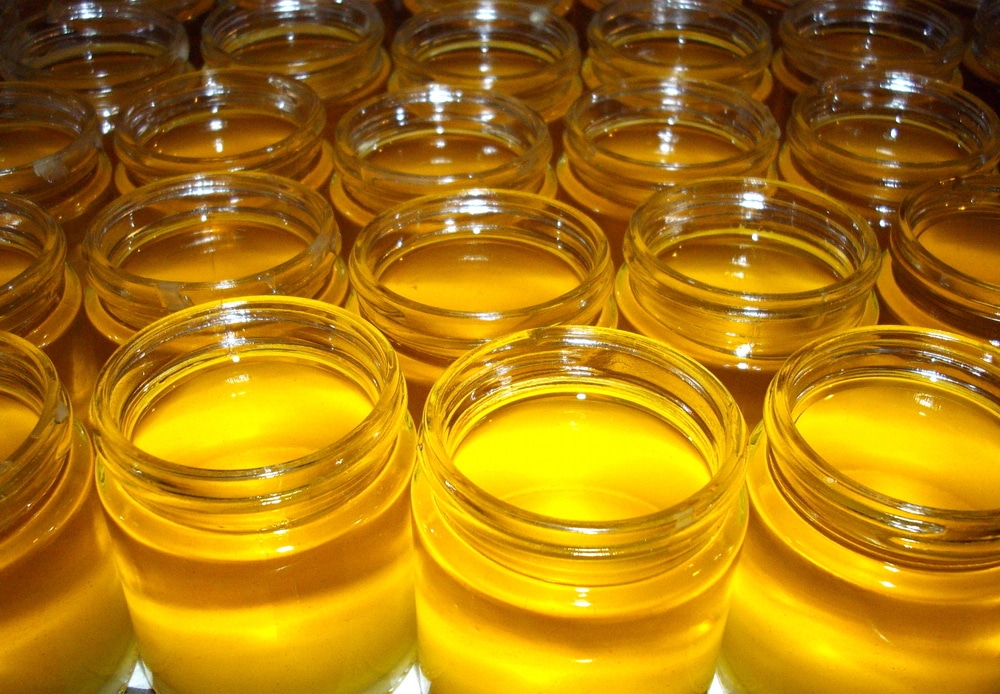
Make a Calendula Oil Infusion
Oil infusions are made by pouring olive oil or sweet almond oil over fresh or dried calendula blossoms. If you plant to use fresh blossoms, allow the blossoms to wilt overnight before infusing, to minimize the risk of mold in the jar. Add 1/4 tsp. of vitamin E oil to preserve the infused oil from rancidity.
Directions for calendula infused oil:
- Add 2 cups of dried calendula flowers to a one-quart canning jar.
- Add enough olive oil or sweet almond oil to completely cover the calendula flowers.
- Allow the oil to infuse on a sunny window sill for 4 to 6 weeks.
- Strain, discard the flowers and reserve the oil.
- Add an additional 1/4 tsp. of vitamin E oil per quart of liquid.
Store calendula oil in a colored glass bottle. Be sure to label and date the jar. Calendula infused oil can be used as a massage oil, to encourage lymph drainage, reduce swelling, pain, and inflammation, and to promote healing of tissue, cuts, and wounds. It makes a wonderful after garden moisturizer or wintertime skin boost because it soothes and heals dry, cracked skin. The infused oil will last up to 3 years if protected from light, heat, and moisture.
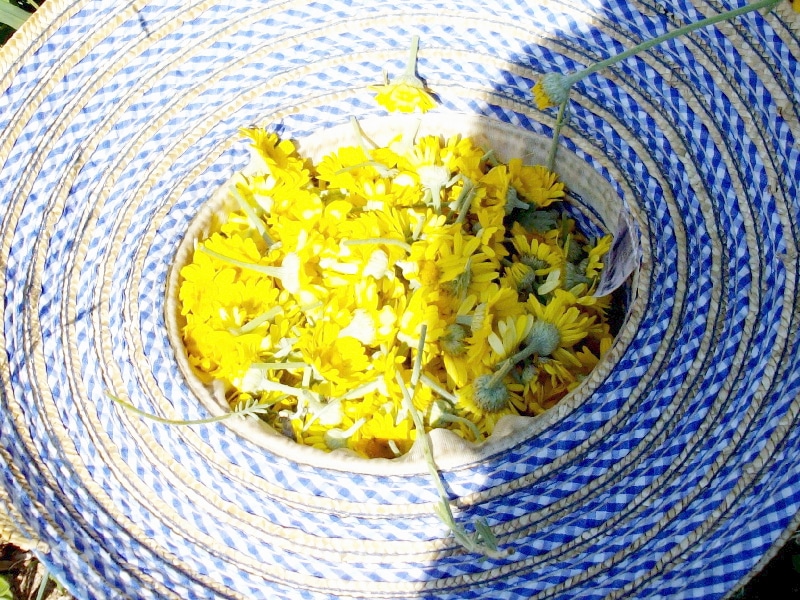
Eat Your Calendula Petals
While you are busy trying to preserve the bounty for winter, don’t think of calendula as only a medicine. Calendula flower petals are a fun addition to rice dishes, adding some of their cheering yellow color to the dish. Add the fresh (or dried) petals to tossed salads, or even drop a few tablespoons of the fresh petals into a jar of fermented lemons or other citrus fruits. Flowers are good food and good medicine. Seeing the petals in food increases the fun factor, too.
Pregnancy caution: Calendula should not be used internally during pregnancy as it stimulates menstruation. Using it externally as a salve or massage oil is fine and will relieve lymph congestion, decrease stretch marks, and ease breast soreness.
For more on growing calendula check out Homespun Seasonal Living. Other preservation methods for calendula include making a salve, calendula first aid ointment, and healing calendula cream.
To learn more about improving your health with herbs, join me in the Beginner Herbal Course or the Intermediate Herbal Course from the Herbal Academy of New England.


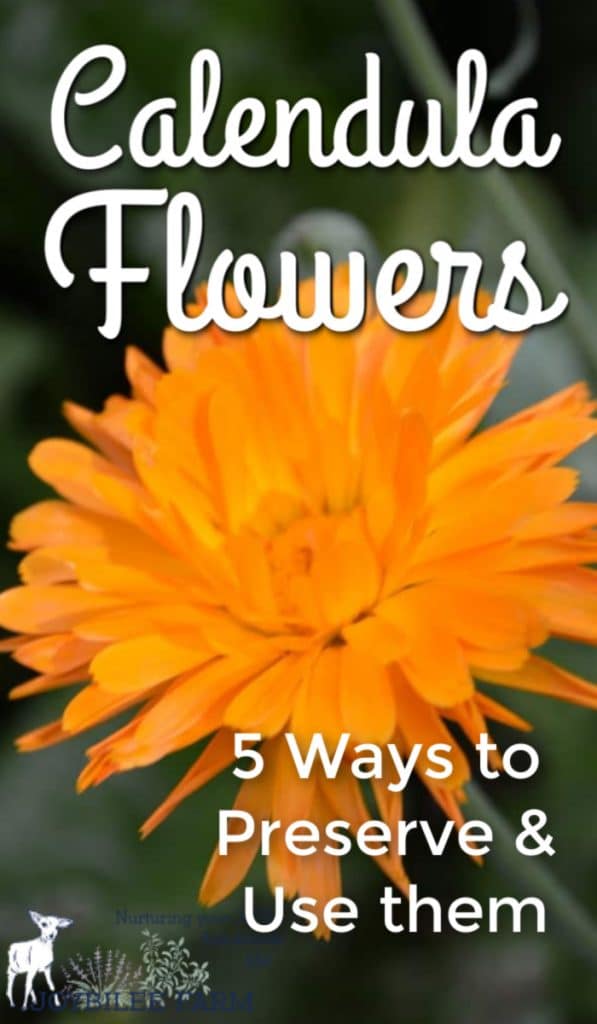
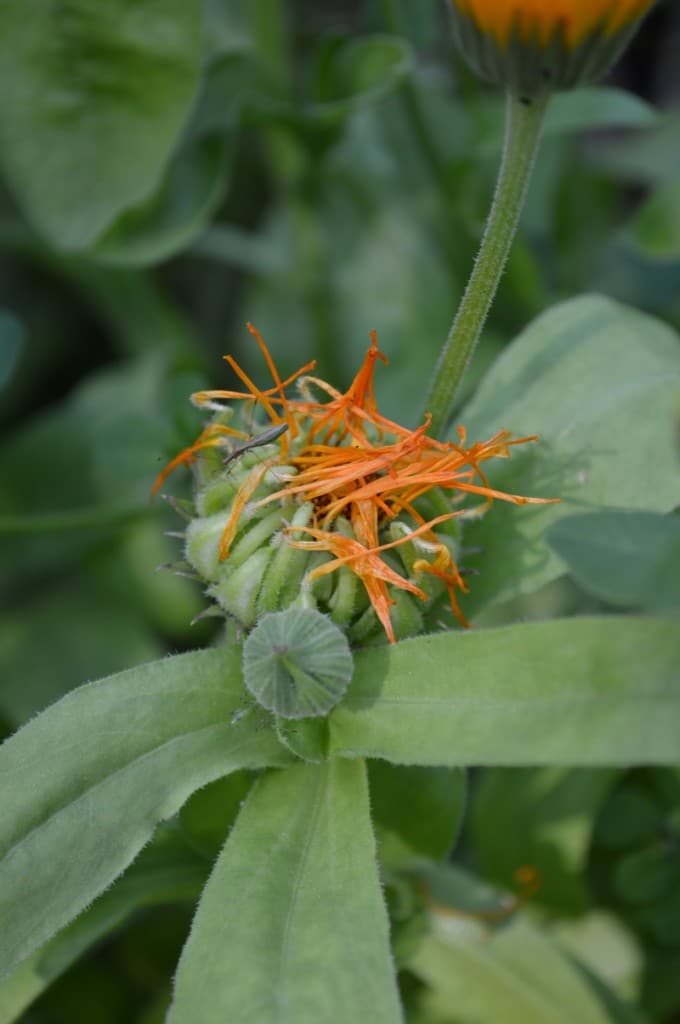 Saving Calendula Seed
Saving Calendula Seed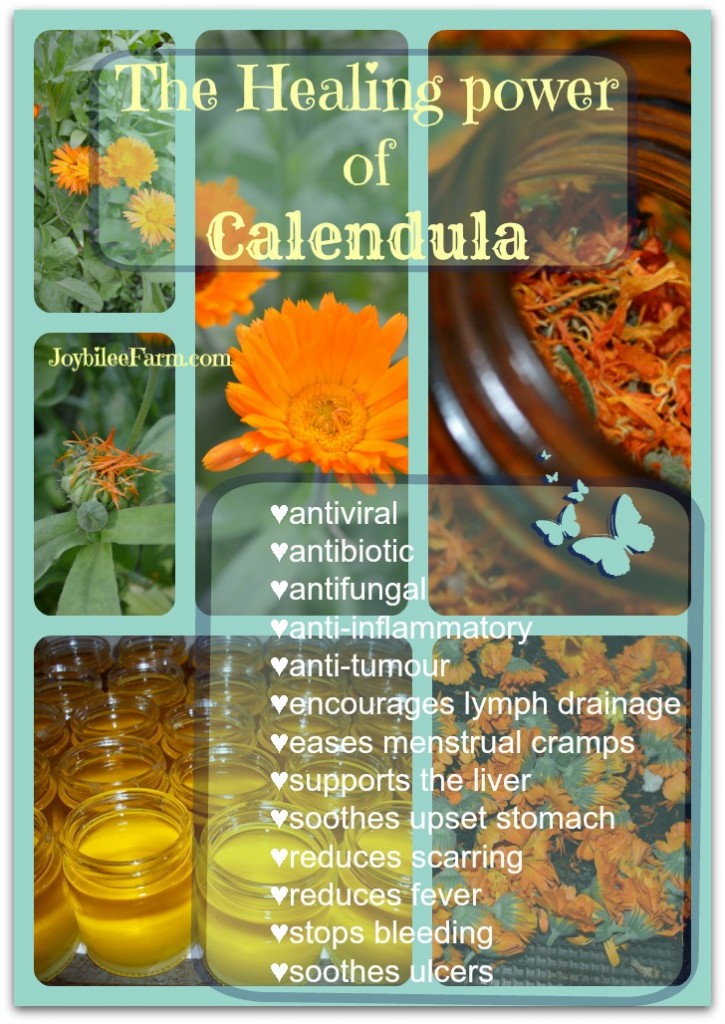

Hi. I have the same question
i’ve been making calendula balm for six years now and i only use the petals: maybe i’m wrong, but it makes a lovely product. but i will do some more research to see if i should be drying the whole flower.